I want to introduce you to a photogenic spot in the Nezu shrine compound: the One-Thousand Torii Gate. This gate forms an access path to another small shrine, Otome Inari shrine, which means Girl’s Shrine. The red gates and shrine stand along the left low hill of the Nezu shrine. There are not a thousand Torii gates standing, actually. Two hundred and fifty gates line up both sides of Otome Shrine. When Japanese people say “One thousand,” it often represents a vast number in Japanese customs. From the 16th to 18th century, during the Tokugawa shogunate era, the shrine followers donated a torii when they prayed for something or their wish succeeded, and finally, their sincere and appreciative torii donations created a beautiful line of red gates. I don’t think I need to comment on its beauty anymore; look at the following photos.
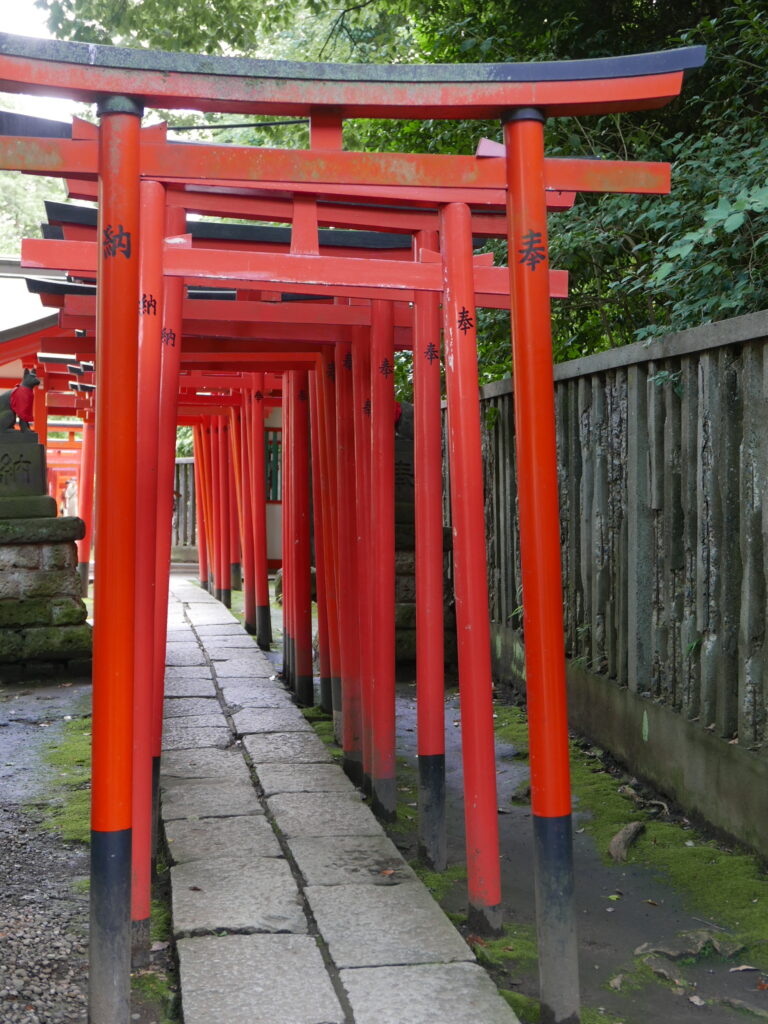
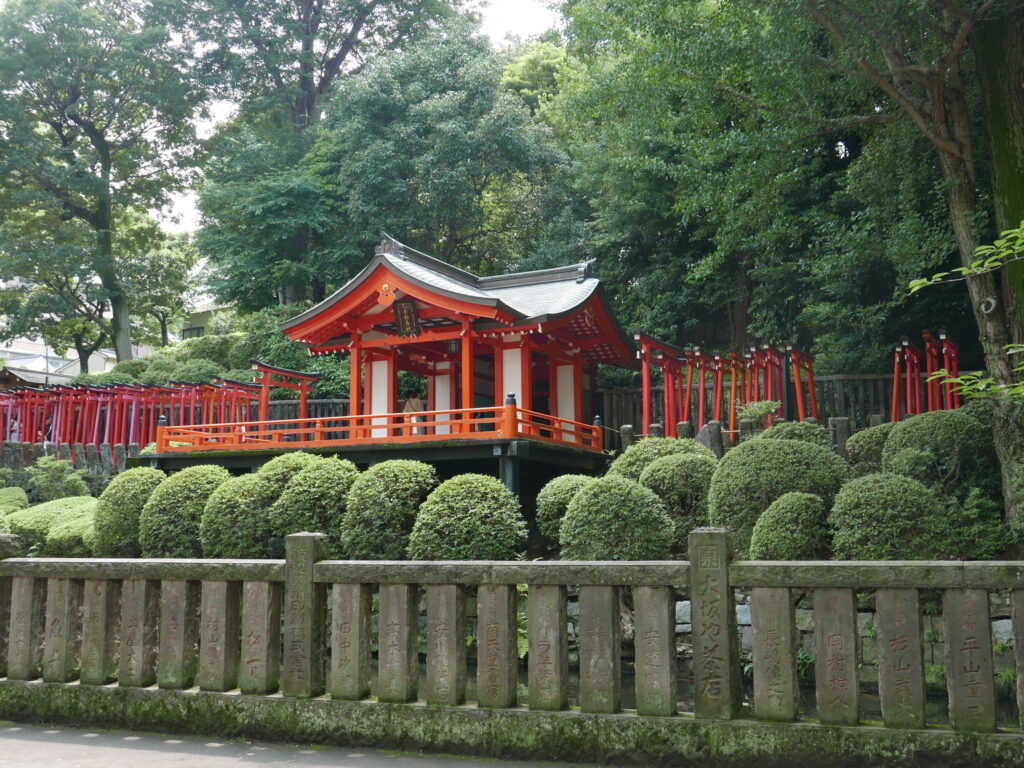
Even at night, the lit-up red gates also show another magical mood, and I just said, “Wow,” while I walked through them.

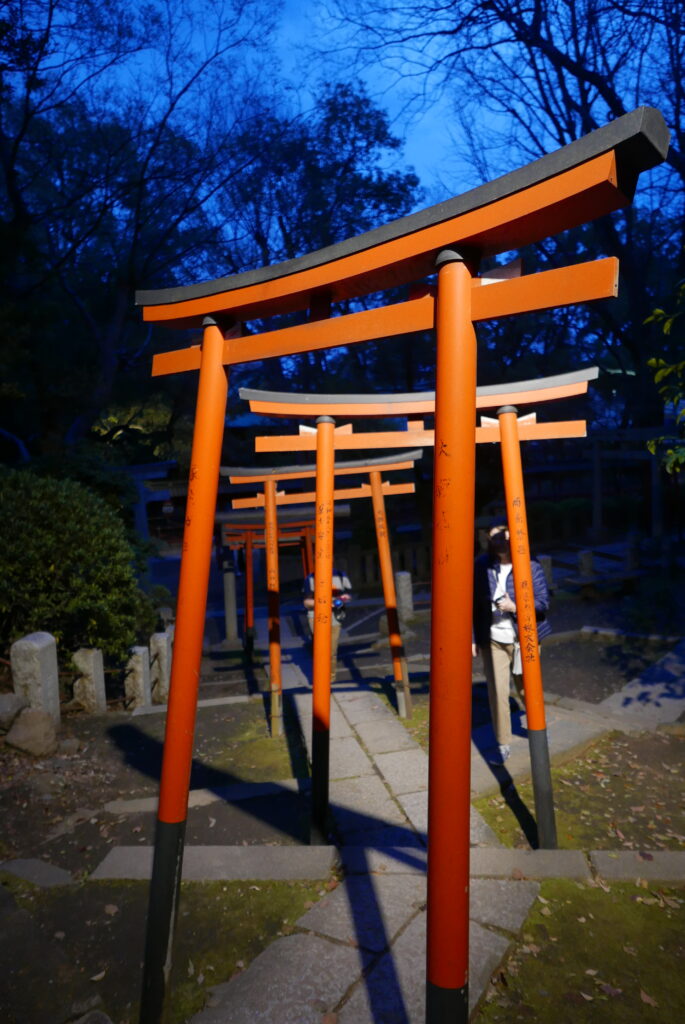
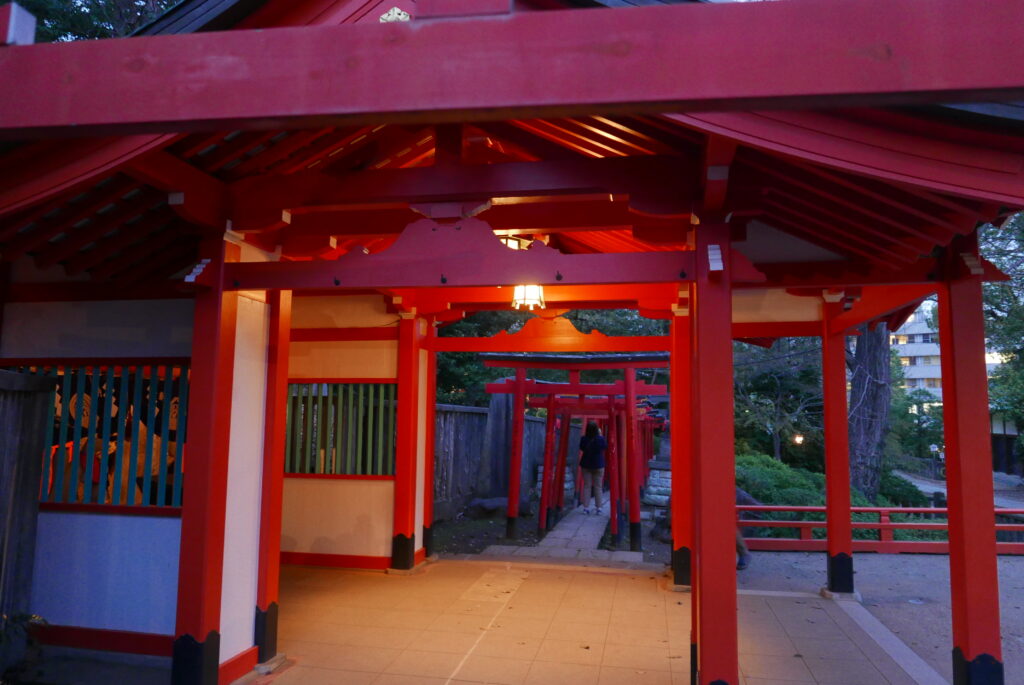

If you visit the One-thousand Torii in Otome Inari Shrine after Fushimi Inari’s bigger one in Kyoto, you might say it’s small and less impressive. Still, it is worth visiting there for another reason: torii with the full-blooming azalea. I’ll tell you more about it in the following post.
Location on Google Map
https://maps.app.goo.gl/s4GG5gWqKA4AZzQs5
Access: about a 5-minute walk from Nezu on the Chiyoda Line or Todaimae on the Nanboku Line.
If you need an English-speaking guide to explore Tokyo, please click “Contact me!” below. I am willing to help you create an unforgettable private tour. Let’s enjoy amazing Tokyo with me!
Please also leave your feedback on this post in the comment box at the bottom. I am willing to hear your opinions, requests, and suggestions.
Please click the links to get updated via my X (former Twitter) and Instagram.
X (former Twitter): https://x.com/ToruGuide
Instagram: https://www.instagram.com/toruhigaki/
Also, please visit my previous post about the Nezu Shrine’s traditional structure.
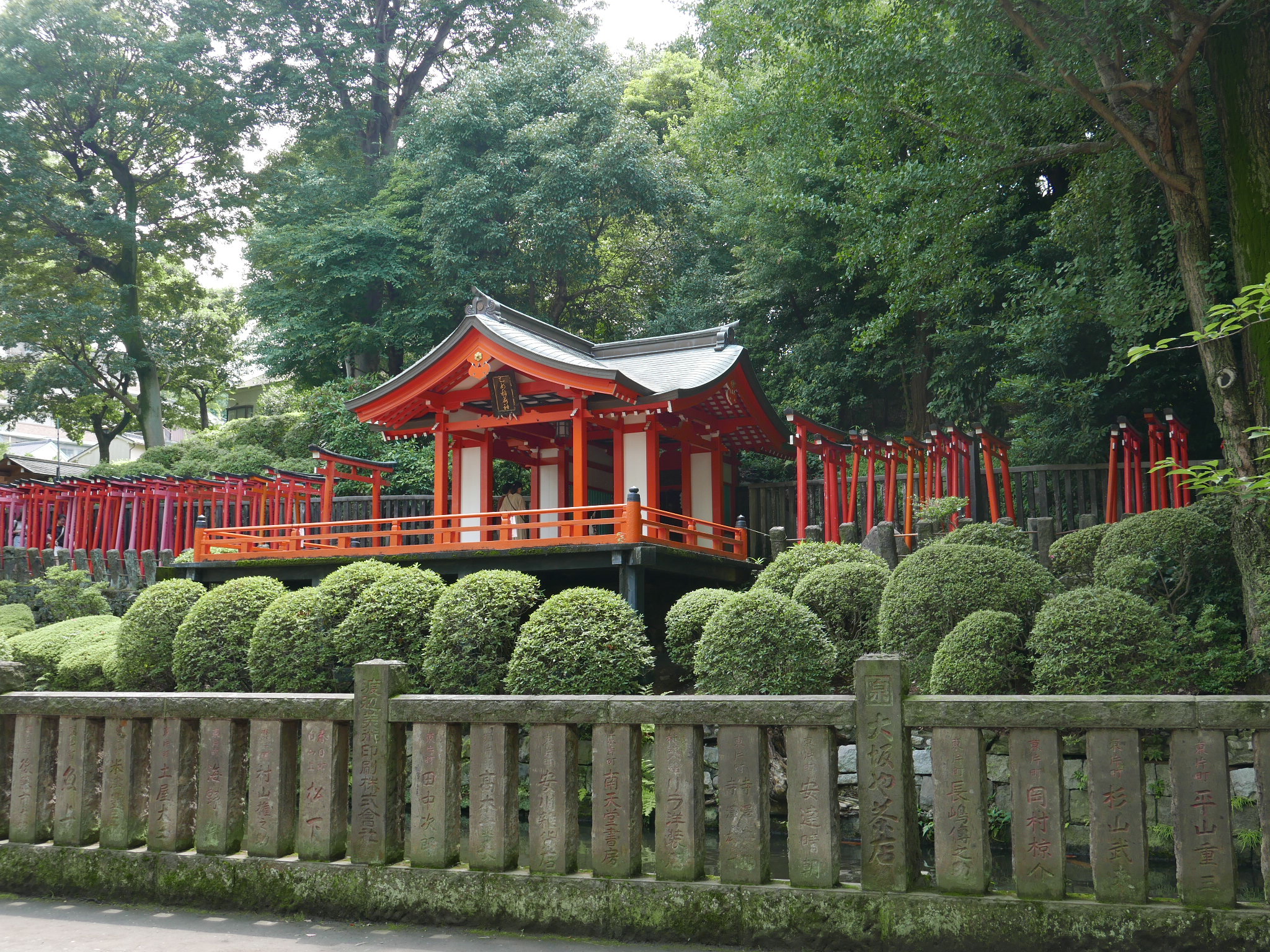






Comment